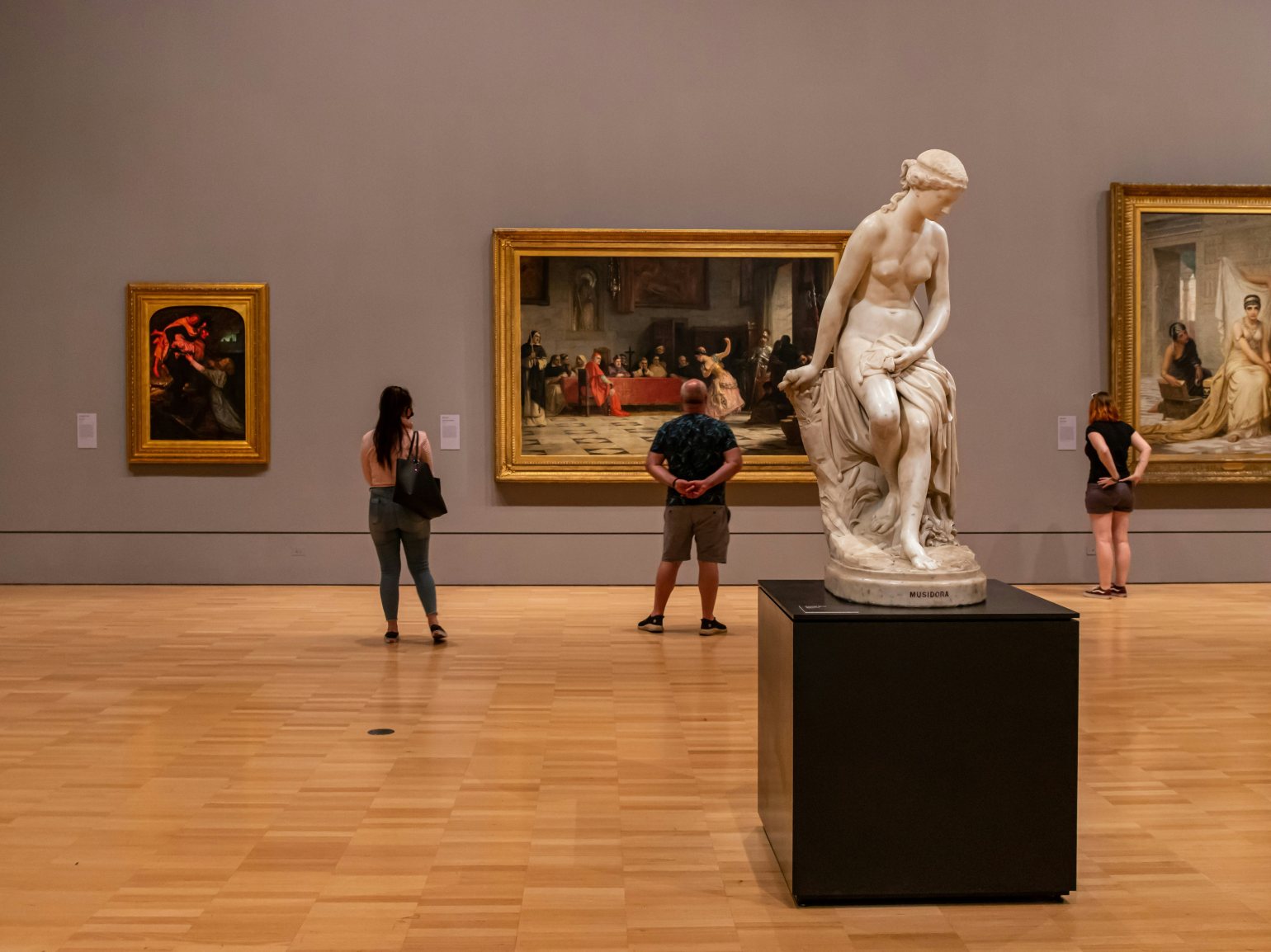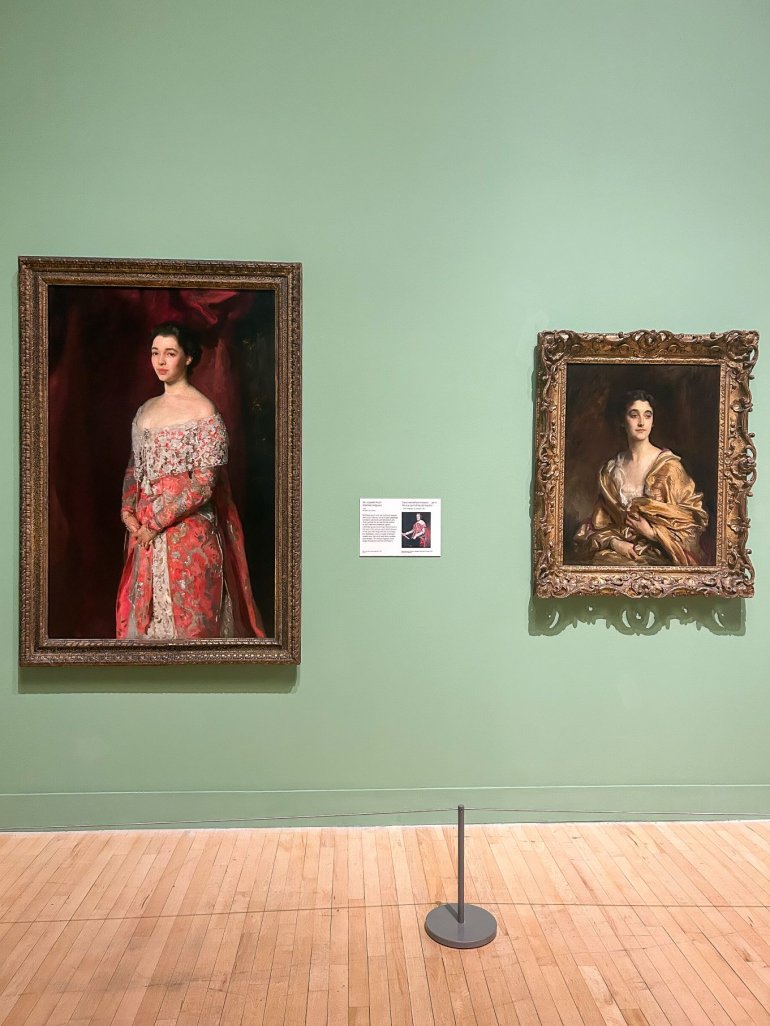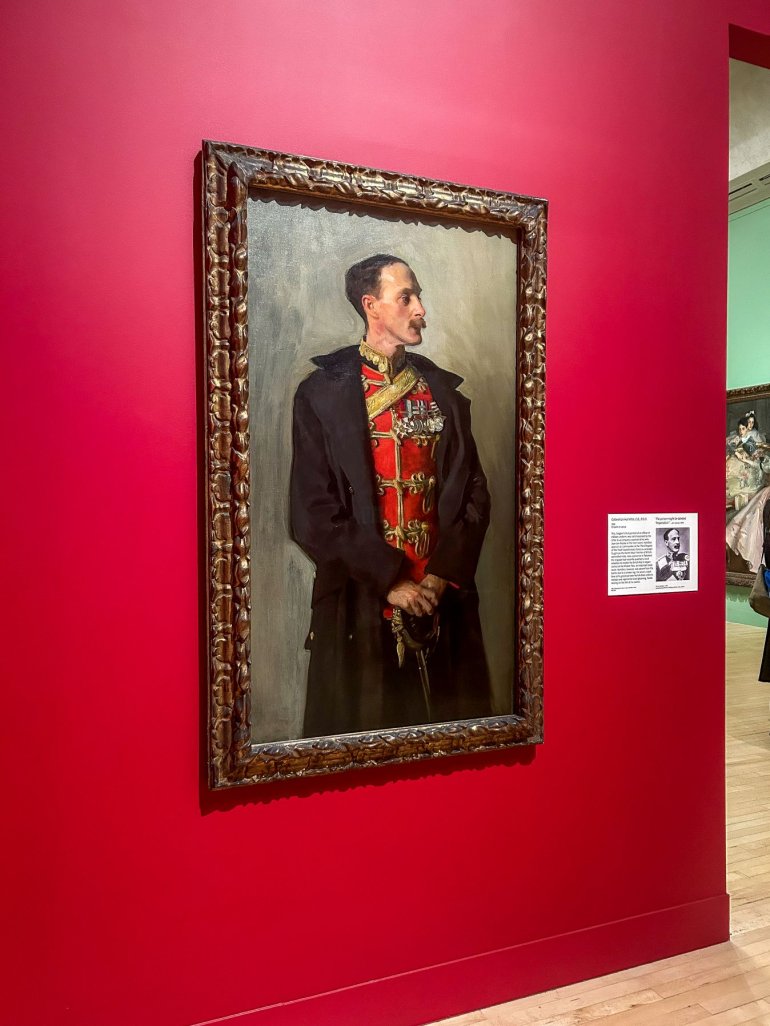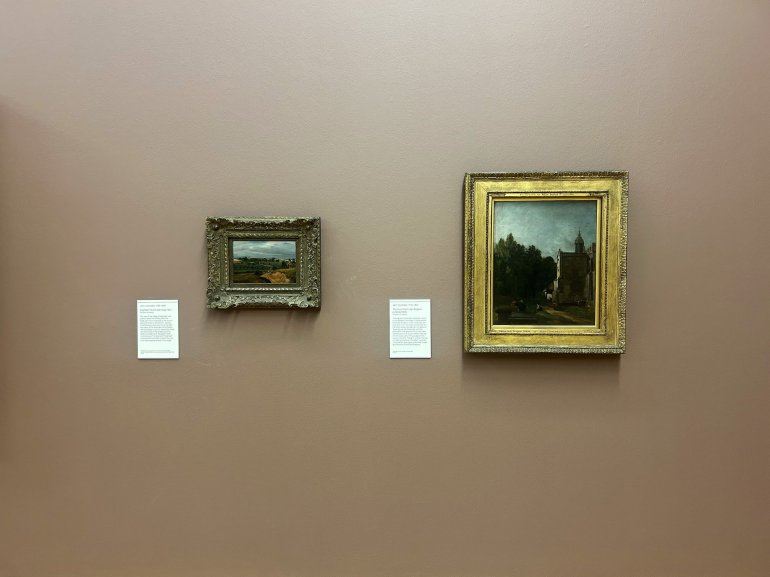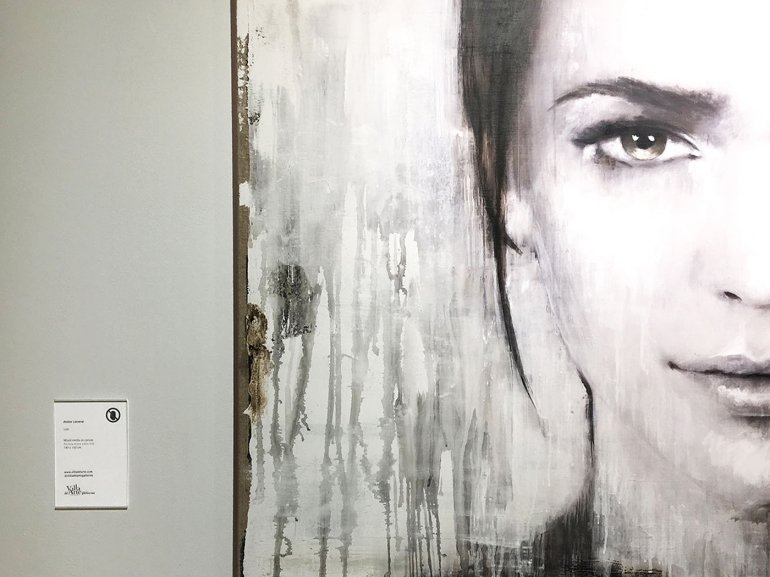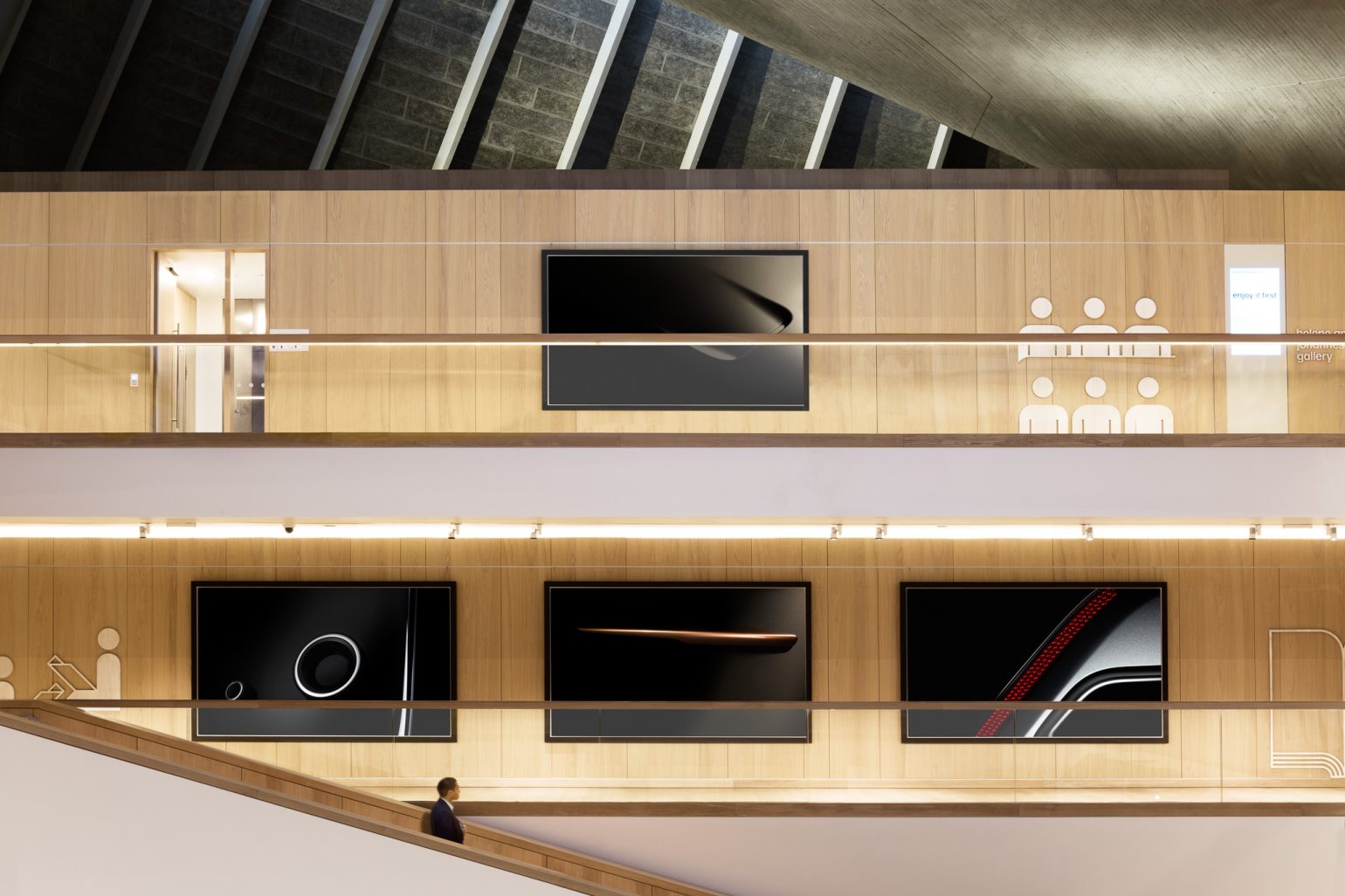8 common mistakes to avoid when hanging gallery artworks
![]()
Summary
In the world of gallery curation, even the smallest details can make a significant impact on how artwork is perceived. From the famous misplacement of Piet Mondrian’s New York City I at the K20 Art Museum to Matisse’s Le Bateau being displayed upside down for 50 days, these errors remind us of the importance of precision when hanging artwork. Correct placement, lighting, and cohesive design are crucial, as is maintaining a narrative that guides viewers through the exhibition. This article outlines eight common mistakes to avoid when hanging gallery artworks, ensuring an optimal and immersive visitor experience.
In the autumn of 2022, Susanne Meyer-Büser, curator of the K20 Art Museum in Dusseldorf, made a remarkable discovery about one of the museum’s prized exhibits.
The painting New York City I by the Dutch abstract artist Piet Mondrian, which comprised of simple interlacing lines of red, yellow, black and blue, had been part of the North Rhine-Westphalia art collection since 1980 — and exhibited at New York’s MoMA since 1945 before that. And, in all that time on display, as Meyer-Büser would uncover while carrying out research on Mondrian for an upcoming exhibition…the painting had been hanging upside down.
A similar oversight was made in 1961, when a new exhibition The Last Works of Matisse: Large Cut Gouaches opened its doors for the first time. It took nearly 50 days before someone realised that one of the featured works, Le Bateau, a simple paper cut-out work of a sailboat and its reflection, had also been hung the wrong way up. This mistake was somewhat understandable, given the minimalist nature of Matisse’s work.
If nothing else, rare occurrences such as these stress the importance of details when it comes to hanging artwork correctly — and even the most celebrated institutions are not immune to display errors.
Indeed, in the world of artworks, how a piece is displayed can elevate or diminish its impact, and curators and gallery professionals must consider a wide range of factors when hanging each piece. Below, we’ll explore 8 common mistakes when hanging gallery artworks, and how to avoid them.
Summary: 8 common areas of error when hanging artworks in a museum or gallery
- Artwork placement
- Lighting
- Wall colour design cohesiveness
- Narrative and context
- Exhibition Labelling
- Choice of Hanging System
- Visitor Flow
- Accessibility
1. Artwork Placement
Poor placement is one of the most frequently made mistakes when it comes to hanging artworks. Luckily, it is one of the most simple to remedy.Height: Too high or too low can inhibit the viewing experience and make it difficult for visitors to fully appreciate the piece. Eye-level, averaged at around 150 cm from the floor to the centre of the painting, is a good rule of thumb; a height which can be adjusted depending on the size of the room.
Spacing: Inconsistent spacing between artworks can disrupt the visual balance of a gallery, making it feel chaotic and unstructured. Too much space between works leaves the exhibition feeling disconnected, while overcrowding can visually overwhelm the viewer.
The size of the artwork, the available wall space, and the thematic structure of the exhibition should guide its natural placement. Importantly, if the walls feel too cluttered, or conversely, too sparse, visitors may miss out on the full impact of each piece. Giving each artwork adequate breathing space allows viewers to appreciate the details without being swamped or distracted by the surrounding pieces.
This one will need to be judged on a case by case basis, and when planning, don't forget to allow space for the each artwork's label (more on that later).
Top Tip: Using an adjustable system such as a track (rail) system makes moving and adjusting artworks much easier, and will allow you to hang the collection and move it around after if something isnt quite right. If Track isn't an option, choose an art hanger such as the Ryman Hanger which has adjustability built in to it to get the piece level without having to unscrew and make more holes in the wall.
2. Lighting
Lighting is a fundamental factor for showcasing artworks well. Poor lighting systems can obscure key details, distort colours, and create an ultimately uncomfortable viewing experience. Harsh or direct lighting, particularly when placed overhead, can cast distracting shadows and cause glare, which can detract from the artwork itself. Inadequate lighting, by contrast, may leave the artwork looking dull and washed out, hiding the finer details of a masterpiece.The happy medium is to provide soft, even lighting that enhances the natural colours and textures of the artwork. Track lighting systems can be particularly effective as they allow curators to adjust the light source for each individual piece. It’s also important to consider the type of artwork on display when choosing lighting solutions. Oil paintings, for instance, benefit from warm, soft lighting that brings out their rich tones, while more visually delicate watercolours require cooler, low-intensity lighting to avoid fading over time.
It’s also important to periodically assess the gallery’s lighting as artworks and exhibitions change. What works for one display may not be ideal for another. Regularly adjusting the lighting ensures that every piece is, quite literally, shown in its best possible light.
Lighting isn’t just a means of enhancing the visitor experience — it’s also a critical security measure for galleries and museums. Well-illuminated spaces leave fewer shadowy areas for potential theft or tampering, allowing gallery staff and security systems to monitor the space more effectively.
Top Tip: Related to lighting, opting for a 'low reflect' label holder will minimise visual glare caused by lighting on your artwork labels, improving readability for your visitors. All of our labels are available with low reflect acrylic covers.
![]()
![]()
Above: Tate Modern, London
3. Wall colour and design cohesiveness
While it might seem logical to choose neutral white for a gallery space, the principal aim is a wall colour that complements the artwork on display, not fight for the viewer’s attention. The background must enhance, rather than overpower.So, depending on the artwork, white isn’t always necessarily the most popular option. The National Gallery in London has no white walls, for example, instead choosing deep, dark tones that allow the magnificence of the artwork to be the star of the show. It all very much depends on the paintings in question, and it’s advisable to seek out a professional interior designer to discover which colours work.
A cohesive design that considers the wall colour, lighting, and layout of the artwork creates a balanced environment that draws attention to the art without distraction. Galleries with themed exhibitions can benefit from using subtle, complementary tones that align with the overall aesthetic of the works on display.
4. Narrative and context
A well-curated gallery creates a journey for the viewer, where each artwork builds on the last, offering a cohesive narrative that ties an entire exhibition together. Neglecting narrative and visual context when hanging artworks can leave the viewer disconnected from the art, which feels random or incoherent.Each artwork should be placed thoughtfully, with consideration given to how it fits into the broader theme or story of the exhibit. This might mean arranging artworks chronologically, thematically, or even based on the evolution of the artist or movement. The key is to ensure that the arrangement helps guide the viewer through a cohesive experience. Without this narrative structure, exhibitions risk feeling fragmented, leaving visitors disengaged and less likely to connect with the pieces on display.
Providing sufficient information about the artwork is equally important. Museum exhibition labels that explain the artist’s background, the medium, and the cultural or historical significance of the piece can provide visitors with deeper insights into the works they’re viewing. Talking of which:
![]()
![]()
5. Exhibition Labels
Exhibition labels serve as a bridge between the viewer and the artwork, providing essential context and, ultimately, enriching the overall gallery experience. Labels should be readable, concise yet informative, offering key details about the artist, the medium, and the work itself. A well-executed label can transform a casual glance into a moment of deeper understanding and appreciation.Like the hanging of an artwork, the content of a gallery label is redundant without considering its placement. Labels should be positioned at a readable height, ideally around eye level (150cm), at a consistant distance from each artwork, on the same side of each artwork consistently, and should not obstruct the viewer’s line of sight to the artwork. Labels should also, whenever possible, be aligned horizontally with one another, so that when you step back and view a gallery space, the labels do not draw the eye due to inconsistent spacing or uneven height placement on the walls.
Circling back to the content, when choosing the right size label, we recommend whenever possible opting for one size of label, and if the label content doesn't fill the space for some works, that's ok, leave white space on the label. This will create a much more visually cohesive gallery finish and visually quiet labelling system than if you opt for different size label holders to suit each invidiual label's content. The mismatched label/label holder sizes will create a 'busier', more cluttered look to the overall finish of the gallery.
![]()
6. The art hanging system
The importance of a secure and appropriate art gallery hanging system cannot be overstated. Using inadequate or unsuitable systems can result in damage to the artwork, and in the worst cases, accidents that endanger both the art and the visitors. It’s essential to use museum-grade hanging systems designed to support the specific weight and dimensions of the pieces being displayed.For ultimate peace of mind, the Absolute Track Hanging Systems and hangers such as the Ryman Hanger or Link Hanger are trusted hanging system for galleries and museums all over the world – providing a discreet and secure solutions help ensure each artwork is well-positioned, safely mounted, and not visually obstructed. This ensures that each artwork can be enjoyed by the viewer, while gallery curators feel safe in the knowledge that the works are displayed optimally and securely.
Top Tip: Systems such as our Tracks (rails) are also ideal for galleries that require flexibility in adjusting their displays, as they allow for easy repositioning and changing of artworks.
7. Getting visitor flow right
As well as the obvious aesthetic advantages of correct artwork placement, it also serves as a key crowd management measure and can help control the movement of people within a gallery space. In simple terms, if popular pieces are placed in narrow or highly trafficked areas, bottlenecks can be created, walkways obstructed, and the general visitor experience is greatly diminished. In every sense of the word, where you place your artwork matters.Effective crowd management involves strategically placing key pieces in areas that allow for free movement. Wide-open spaces should be reserved for popular or large-scale works, and clear pathways should be established to guide visitors naturally through the exhibition. Sleek and subtle museum barriers should be used to keep visitors from advancing too close to the artworks while still maintaining an inviting atmosphere. In larger galleries, directional signage and designated viewing areas can help ease the flow and prevent overcrowding.
Top Tip: Sometimes the piece that proves most popular might catch you out. Social media and the ability for something to 'go viral' means that occasionally a curve ball popular piece could not possibly have been planned for. In this instance, deploying flexible, portable barriers and signage solutions allows you react quickly to best manage visitor flow. Products such as our Freestanding Barriers with modular signage, or our Information Stands, provide the flexibility to be responsive and adapt visitor guidance.
8. Accessibility considerations
Accessibility is a crucial aspect of curating any exhibition. Indeed, ensuring that all visitors, including those with disabilities, can access and enjoy the exhibition is both a legal requirement and a key factor in creating an inclusive and welcoming space.This includes ensuring that each artwork is hung at a height that can be viewed comfortably by all visitors, including those in wheelchairs. Elsewhere, pathways should be wide enough to accommodate mobility aids, and any barriers should be positioned so they do not obstruct access. Providing braille labels, audio guides, and tactile exhibits can also enhance the experience for visually impaired visitors.
It’s these kinds of accessibility considerations that can be implemented from the start of the exhibition design process, which, in the long run, will ensure that all visitors can engage with the artworks fully and comfortably, all the while improving the inclusivity and reach of the gallery.
We can help with your planning your displays
While oversight of some of these areas of consideration on their own might seem negligible; a combination of any number can hugely diminish the impact of even the most celebrated art pieces. By not paying attention to the details it is possible to significantly impact the visitor experience.The way artworks are displayed can change how people connect with them. Those components: spacing, thoughtful lighting, clear narratives, exceptional gallery hanging systems etc; all contribute to a more engaging and immersive exhibition, creating a more memorable experience for everyone who sets foot in your gallery.
If you’d like to find out more about best practices for hanging gallery artwork, or would like to enquire about any of our museum-grade gallery hanging systems, museum barriers, or information and signage solutions, please do get in touch.
Get in Touch-
Posted by Jade Turner
1st October 2024

